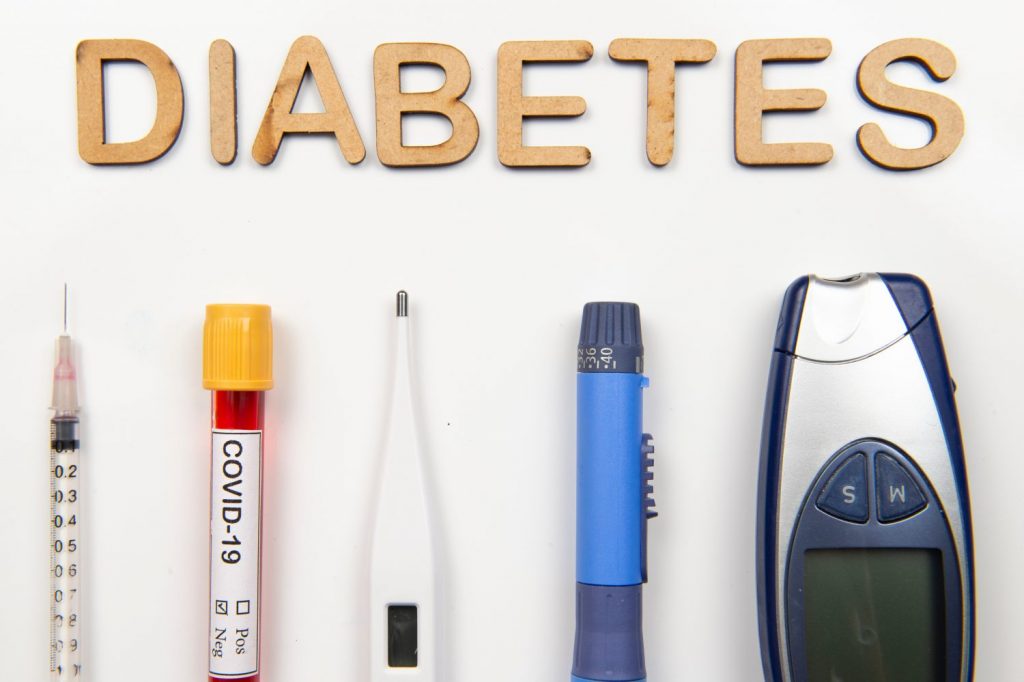Study: Light pollution can raise risk of diabetes
Street, car and shopfront lamps could have a harmful effect.
Published
1 year ago onBy
Talker News
By Mark Waghorn via SWNS
Light pollution can raise the risk of diabetes by more than a quarter, according to new research.
Artificial light at night alters the human body clock - impairing blood sugar control, say scientists.
Street, car and shopfront lamps could have a harmful effect. It has implications for shift workers.
The discovery also has implications for people who like to use smartphones or tablets in bed.
It was based on almost 100,000 men and women in China. Those exposed to most were 28 percent more likely to develop the metabolic condition.
Lead author Dr. Yu Xu, of Ruijin Hospital, Shanghai, said: "Despite over 80 percent of the world's population being exposed to light pollution at night, this problem has gained limited attention from scientists until recent years."
The study in Diabetologia estimated more than nine million cases in Chinese adults can be attributed to it.
Evidence is growing that 24-7 lifestyles are wreaking havoc with our health by interfering with the production of melatonin.
The naturally occurring brain hormone helps regulate our circadian rhythm - protecting against illness.
Chronic exposure to residential outdoor artificial light was linked to a rise in glucose levels, insulin resistance and diabetes prevalence.
It was also associated with the poorer function of beta cells which control blood sugar by releasing insulin, a hormone stored in the pancreas.
The study used data from the China Noncommunicable Disease Surveillance Study, a representative sample of the general population across 162 sites across the country.
A total of 98,658 participants underwent interviews to collect demographic, medical, household income, lifestyle, education and family history information.

Body weight and height were measured to calculate BMI, and blood samples were taken to obtain levels of both fasting and after-meal glucose, as well as glycated hemoglobin (HbA1c).
This is a form of glucose bound in red blood cells which acts as a moving average of blood sugar over the previous eight to 12 weeks.
Participants were assigned an average artificial outdoor light exposure level for that location using satellite images. They were divided into five groups based on highest to lowest.
On average, for every 42 people living in regions with the most, there was one more case of diabetes.
Dr. Xu said: "The ubiquity of outdoor artificial light means the scale of population exposure is vast."
Its global nature is illustrated by the fact more than 99% of those in the US and Europe live under light-polluted skies.
Dr. Xu said: "Exposure to artificial light at night is a ubiquitous environmental risk factor in modern societies.
"The intensity of urban light pollution has increased to the point that it not only affects residents of big cities, but also those in distant areas such as suburbs and forest parks that may be hundreds of kilometers from the light source."
Earth's 24-hour day-night cycle has resulted in most organisms, including humans, having an inbuilt circadian (roughly 24-hour) timing system.
It is adapted to the natural sequence of light and dark periods. Light pollution has been found to alter the circadian rhythm of insects, birds and other animals, resulting in premature death and loss of biodiversity.
Dr. Xu said: "Our findings contribute to the growing evidence that light at night is detrimental to health and point to outdoor LAN as a potential novel risk factor for diabetes."

It has been implicated as a potential cause of metabolic dysregulation by altering the timing of food intake.
Rats exposed to artificial light developed glucose intolerance, exhibiting elevated blood sugar and insulin.
Another study found mice exposed to the nocturnal dim white light of minimal brightness for four weeks had increased body mass and reduced glucose tolerance.
This was compared to animals whose environment was completely dark at night - despite having roughly equivalent energy consumption and expenditure.
Associations have also been found between light pollution and health problems in humans.
A study of night-shift workers found those exposed to brighter light were more likely to have disrupted circadian rhythms, as well as a greater risk of coronary heart disease.
Other research found that higher light exposure was associated with a 13% and 22% increase in the likelihood of being overweight and obese, respectively.
Exposure to light in the bedroom - such as from smartphones and tablets - was reported to be positively associated with the development of diabetes in elderly people.
Dr. Xu said the diabetes epidemic has coincided with the widespread influence of light pollution.
He added: "The positive associations indicate an urgent need for countries and governments to develop effective prevention and intervention policies and to protect people from the adverse health effects of light pollution at night."
Stories and infographics by ‘Talker Research’ are available to download & ready to use. Stories and videos by ‘Talker News’ are managed by SWNS. To license content for editorial or commercial use and to see the full scope of SWNS content, please email [email protected] or submit an inquiry via our contact form.
You may like


Metals can heal themselves just like ‘The Terminator’


Two-faced star has hydrogen on one side and helium on other


World’s oldest big game hunting weapon found


An espresso a day could keep Alzheimer’s at bay


Being bipolar significantly raises risk of premature death: study


Soccer players who regularly use head more likely to develop Alzheimer’s
Other Stories


Rare antique clock stolen from museum returned after more than 20 years
The 18th century antique was stolen from Preston Manor in the UK on Feb. 12, 2001.


Poodle trapped under a home rescued
It's unclear how the pup ended up under the home.


Premature baby weighing less than a loaf of bread now thriving
"We're still on his little journey."


New research reveals early galaxies evolved much faster than thought
The "surprise" findings could lead to a "rethink" of theories.


This type of exercise can help reduce anxiety and depression
The latest research finds a strong association between physical activity and better mental health.
Top Talkers

 Parenting6 days ago
Parenting6 days agoSingle mom details struggles of feeding her 12 kids

 Lifestyle5 days ago
Lifestyle5 days agoWoman regrets her tattoo nightmare: ‘It’s horrendous’

 Broadcast1 week ago
Broadcast1 week agoOver 40% of Americans have no clue what a 401k is

 Good News2 days ago
Good News2 days agoDisabled student takes first steps in 10 years on graduation stage

 Broadcast1 week ago
Broadcast1 week agoHow hard is it for Americans to live sustainably?

 Health2 days ago
Health2 days agoNew study reveals ‘old age’ begins later than it used to

 Money1 week ago
Money1 week agoOver 40% of Americans have no clue what a 401k is

 Environment1 week ago
Environment1 week agoHow hard is it for Americans to live sustainably?
